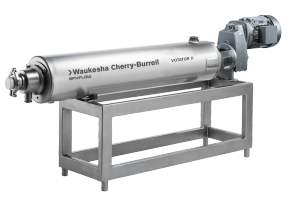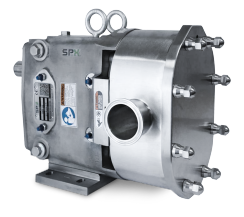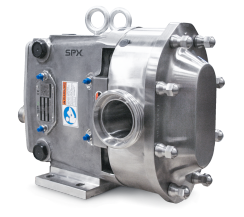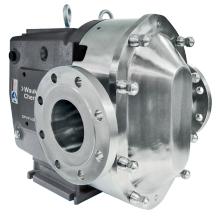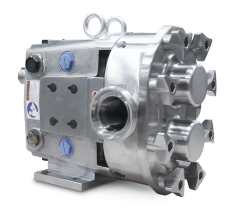Examples of Thixotropic Fluids:
- Wastewater Sludges: Thixotropic in nature, wastewater sludges exhibit varying viscosity based on agitation and shear forces.
- Drilling Fluids: Essential in drilling operations, these fluids change viscosity under stress, aiding in the drilling process.
- Paints: Thixotropic paints flow smoothly during application but cling to surfaces once applied, preventing drips.
- Flocculants: Used in water treatment, flocculants form a gel-like structure under static conditions but become fluid when stirred.
- Ketchup: Famously thixotropic, ketchup becomes pourable with a gentle shake due to its shear-sensitive nature.
- Clay: A classic thixotropic material, clay thickens upon rest and becomes pliable when kneaded or molded.
- Dairy Products: Certain dairy products, like yogurt and some types of cheese, exhibit thixotropic behavior, changing viscosity with handling.
Gentle Pumping Action with Low Shear
Thixotropic fluids require a delicate touch. When these fluids are pumped, a gentle pumping action with low shear is essential. High shear forces could disrupt the structure of these fluids, altering their viscosity and compromising their intended properties. Maintaining a low-shear environment ensures that the thixotropic fluids remain stable and consistent during the pumping process.
Specialized Pumping Equipment
Handling thixotropic liquids necessitates specialized pumping equipment capable of delivering a smooth and controlled flow. Positive displacement pumps, such as those provided by AxFlow, are often the preferred choice. These pumps offer the advantage of low shear and precise flow control, ensuring that thixotropic fluids are pumped without disrupting their structure.
Temperature and Agitation Control
Thixotropic fluids can be sensitive to temperature changes and agitation. Proper temperature control is vital to maintaining the desired viscosity. Additionally, minimizing unnecessary agitation during storage and transportation helps preserve the thixotropic properties of these fluids, ensuring they perform as intended when dispensed.



